
Tuesday, 21 March 2017
Both waterborne and oil based polyurethane finishes have their particularities. Despite what many people believe, a waterborne finish is, on a long-term basis, more resistant than the oil based finish.
Waterborne polyurethane finishes
They offer a large quality and durability range. To have a high quality finish, make sure you choose a product that mostly contains urethane and not acrylic resins. Due to their complex molecular structures, the waterborne formulations offer major benefits: better abrasion resistance, greater substrate adherence, better flexibility and higher contaminant resistance.
Unlike the oil based polyurethanes, the luster level of the waterborne finishes do not affect their long-term durability. For example, a matte luster (10%) is as resistant as a high-gloss luster (90%). They produce no odor and have no negative effects on the home owner’s health. They can therefore stay home upon application and there is no need of emptying the pantry!
When applied, they form a thinner layer of product on the surface, but that do not compromise their long-term durability. The reason behind the thickness difference between the waterborne finish and the oil based finish is simply the difference between the solid material quantity that can contain the water (30%) and the oil (50%). Therefore, the quantity of solid material in an oil based finish is approximately twice as high as in a waterborne finish.
However, the waterborne polyurethane has a tendency of being less resistant to calcium, such as the snow on boots during winter time. It is therefore recommended to protect your floors with a carpet near the entrance doors. If your floors are already damaged by calcium, it is important to properly prepare the surface before the finish application with a cleaning product that is recommended for your type of floor.
Oil based polyurethane finishes
Usually called Varathane, they are often chosen because they are economic, easily applicable and easy to use on wooden floors. However, the strong smell they release strain the residents to leave their house upon application.
The long-term durability of these finishes also tends to be a weakness. Having a very low scratch-resistance, the restoration has to be done more frequently.
Moreover, upon application, the oil based finishes already has a yellowish tint that tends to amplify a lot as time goes by. The trend being to pale flooring, it can represents a significant disadvantage of this type of finish.
They also are environmentally and healthily harmful products. A Canadian government norm, effective since 2010, regulates the maximal VOC (Volatile Organic Compound) rate that can be found in finishes that are sold in gallon. Since the oil based polyurethane finishes exceed that rate, the manufacturers are forced to sell their product in a pint format, which can be annoying when you have a large surface to finish.
We hope those informations have enlightened you on which polyurethane finish to choose depending on the project that you have to complete. If you have questions for which we couldn’t give an answer here, feel free to contact our expert team that will be able to guide you through your project.
To discover the Finitec Expert polyurethane finishes line, you can visit the following page: www.finitecexpert.com
 Finitec 3000
Finitec 3000 Finitec 6000
Finitec 6000 Finitec 9000
Finitec 9000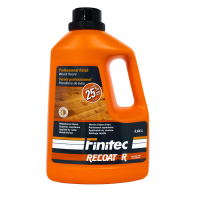 Finitec Recoater
Finitec Recoater Finitec Synergy
Finitec Synergy Microban antimicrobial finish
Microban antimicrobial finish Solidex
Solidex Finitec 3000
Finitec 3000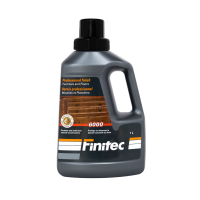 Finitec 6000
Finitec 6000 Finitec Recoater
Finitec Recoater Finitec Synergy
Finitec Synergy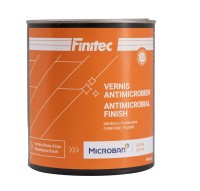 Microban antimicrobial finish
Microban antimicrobial finish Surface Preparation
Surface Preparation Water based stain
Water based stain Woodfloor Finish Dye
Woodfloor Finish Dye Applicator refills
Applicator refills Finish applicator
Finish applicator Finitec Sanding Machine
Finitec Sanding Machine Complete care system for wood and laminate floors
Complete care system for wood and laminate floors Laminate wood floral breeze floor cleaner 3.78L
Laminate wood floral breeze floor cleaner 3.78L Laminate wood mint floor cleaner 3.78L
Laminate wood mint floor cleaner 3.78L Ultra concentrated cleaner for wood and laminate floor maintenance
Ultra concentrated cleaner for wood and laminate floor maintenance Wood and laminate floor cleaner
Wood and laminate floor cleaner Ceramic joints cleaner
Ceramic joints cleaner Cleaner for ceramic floors
Cleaner for ceramic floors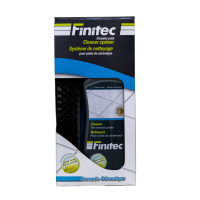 Complete care system for ceramic joints
Complete care system for ceramic joints Ultra concentrated cleaner for ceramic floors
Ultra concentrated cleaner for ceramic floors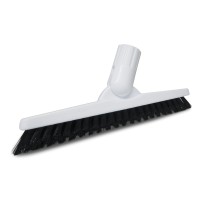 Ceramic joints cleaning brush
Ceramic joints cleaning brush Reversible replacement mop cover
Reversible replacement mop cover Velcro replacement mop cover
Velcro replacement mop cover Age-Tech
Age-Tech Tonic for wood and laminate floors
Tonic for wood and laminate floors Wood glue
Wood glue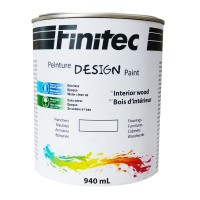 DESIGN Paint
DESIGN Paint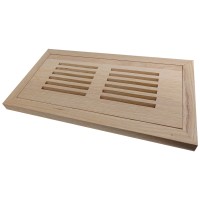 Flush mount
Flush mount Top mount
Top mount MicroConcrete
MicroConcrete MicroConcrete filling
MicroConcrete filling Protective sealer
Protective sealer MicroConcrete Flexible Trowel
MicroConcrete Flexible Trowel 17 in Pad_thick
17 in Pad_thick 17 in Pad_thin
17 in Pad_thin Ceramic abrasive belt
Ceramic abrasive belt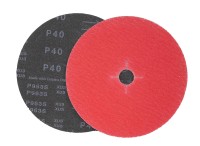 Ceramic edger disc
Ceramic edger disc PSA adhesive roll
PSA adhesive roll Zirconium abrasive belt
Zirconium abrasive belt Zirconium edger disc
Zirconium edger disc EX-1
EX-1 EX-3
EX-3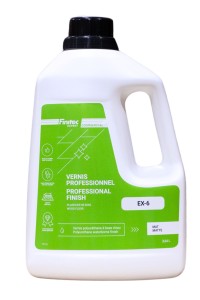 EX-6
EX-6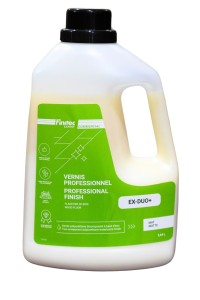 EX-DUO+
EX-DUO+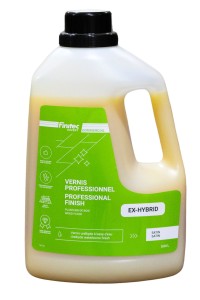 EX-HYBRID
EX-HYBRID EX-TECH
EX-TECH EX-PRIME
EX-PRIME Finish dye
Finish dye Finish applicator
Finish applicator Finish applicator (T-bar)
Finish applicator (T-bar) Replacement finish applicator (T-bar)
Replacement finish applicator (T-bar) Replacement pad finish applicator
Replacement pad finish applicator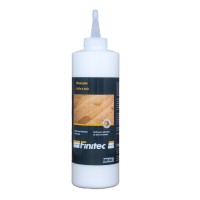 Wood glue
Wood glue Wood patch
Wood patch EXTRA+
EXTRA+ SURFACE Treatment
SURFACE Treatment SURFACE Care
SURFACE Care DESIGN paint / SURFACE Color
DESIGN paint / SURFACE Color PROFLEX SURFACE sealer
PROFLEX SURFACE sealer SURFACE Sealer
SURFACE Sealer TOP SURFACE finish
TOP SURFACE finish Industrial lacquer
Industrial lacquer